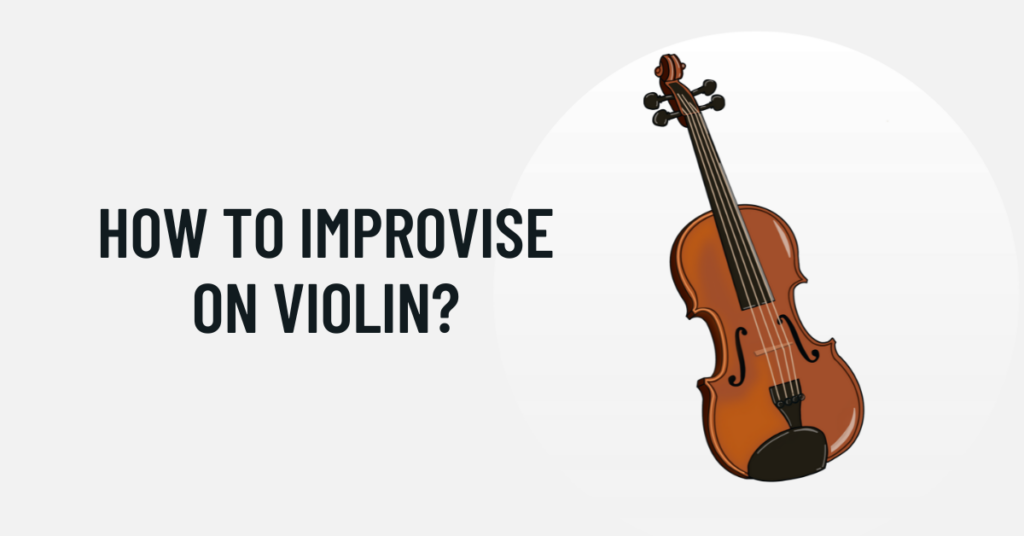Improvisation, the art of creating music on the spot, is a deeply enriching and liberating experience for musicians. While classical violinists are often well-versed in reading sheet music, the world of improvisation offers a unique avenue for self-expression. In this article, we will explore the techniques and strategies that can help violinists venture into the exciting realm of improvisation.
1. Master the Basics:
Before diving into improvisation, it’s essential to have a solid foundation in violin technique, including proper bowing, finger placement, and intonation. A strong technical base provides the confidence and control necessary for creative exploration.
2. Ear Training:
Developing a keen ear is crucial for improvisation. Practice listening to various styles of music, paying attention to melodies, scales, and chord progressions. Ear training exercises, such as identifying intervals and chords, can significantly enhance your ability to improvise melodically and harmonically.
3. Learn Scales and Modes:
Familiarize yourself with different scales and modes, such as major, minor, pentatonic, and blues scales. Practice these scales in various positions on the violin. Understanding the unique characteristics of each scale will give you the freedom to experiment with different tonalities while improvising.
4. Explore Rhythmic Patterns:
Rhythmic diversity adds depth to improvisation. Experiment with different bowing patterns, rhythms, and tempos. Practice syncopated rhythms, dotted rhythms, and varied note durations to infuse your improvisations with rhythmic vitality.
5. Improvise on Familiar Songs:
Start by improvising on familiar tunes or simple chord progressions. Choose a song you love and experiment with adding embellishments, variations, and your unique phrasing. As you gain confidence, gradually move on to more complex pieces and original compositions.
6. Improvise with Backing Tracks:
Utilize backing tracks or play-along recordings in various musical styles. These tracks provide a structured musical context, allowing you to experiment with improvisation while staying in sync with the accompanying instruments. Focus on interacting with the backing track, responding to the rhythm, harmony, and dynamics.
7. Embrace Mistakes and Experiment:
Improvisation is about exploring and taking risks. Don’t be afraid of making mistakes; they are an integral part of the learning process. Embrace the spontaneity of improvisation, and allow yourself to experiment with different techniques, articulations, and musical ideas.
8. Transcribe and Analyze Improvisations:
Listen to recordings of renowned improvisers and try to transcribe their improvised solos. Analyze their phrasing, melodic patterns, and rhythmic variations. Understanding the techniques employed by experienced improvisers can inspire your own creative journey and broaden your improvisational vocabulary.
Conclusion
Improvising on the violin is a deeply personal and rewarding experience that allows you to express your musical voice in a unique way. By honing your technique, developing your ear, and experimenting with various musical elements, you can embark on a fulfilling journey of creative exploration. Remember that improvisation is not about perfection but about embracing the joy of spontaneous musical expression. With dedication, practice, and an open mind, you can unlock the boundless potential of improvisation, transforming your violin playing into a vibrant and dynamic art form.


